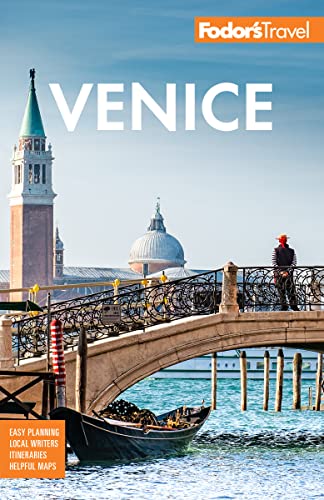In the 13th century the Republic, concerned about fire hazard and anxious to maintain control of its artisans' expertise, moved its glassworks to Murano, still renowned for its glass. As in Venice, bridges here link a number of small islands, which are dotted with houses that once were, and still largely are, workmen's cottages. Many of them line the Fondamenta dei Vetrai, the canalside walkway leading from the Colonna vaporetto landing. To avoid being pressured to buy glass, take the regular vaporetto from Piazzale Roma or the Fondamente Nuove to Murano instead of succumbing to the hawkers offering you a "free" trip to Murano. They will take you to inferior glassmakers and will abandon you if you don't buy. If you do buy, rest assured that your taxi driver's commission will be added into the price you pay. Once on the island "guides" herd new arrivals to factories, but you can avoid the hustle by just walking away.
Be aware that some of the glass sold as "Murano" is made in China or Eastern Europe. Even if a piece is, in fact, made on Murano, its origin does not ensure either its quality or status as a good investment. If you are concerned with these issues, stick to pieces by those glassmakers with established reputations, most of whom have pieces displayed in the Murano Glass Museum or quality boutiques in and around Piazza San Marco.






